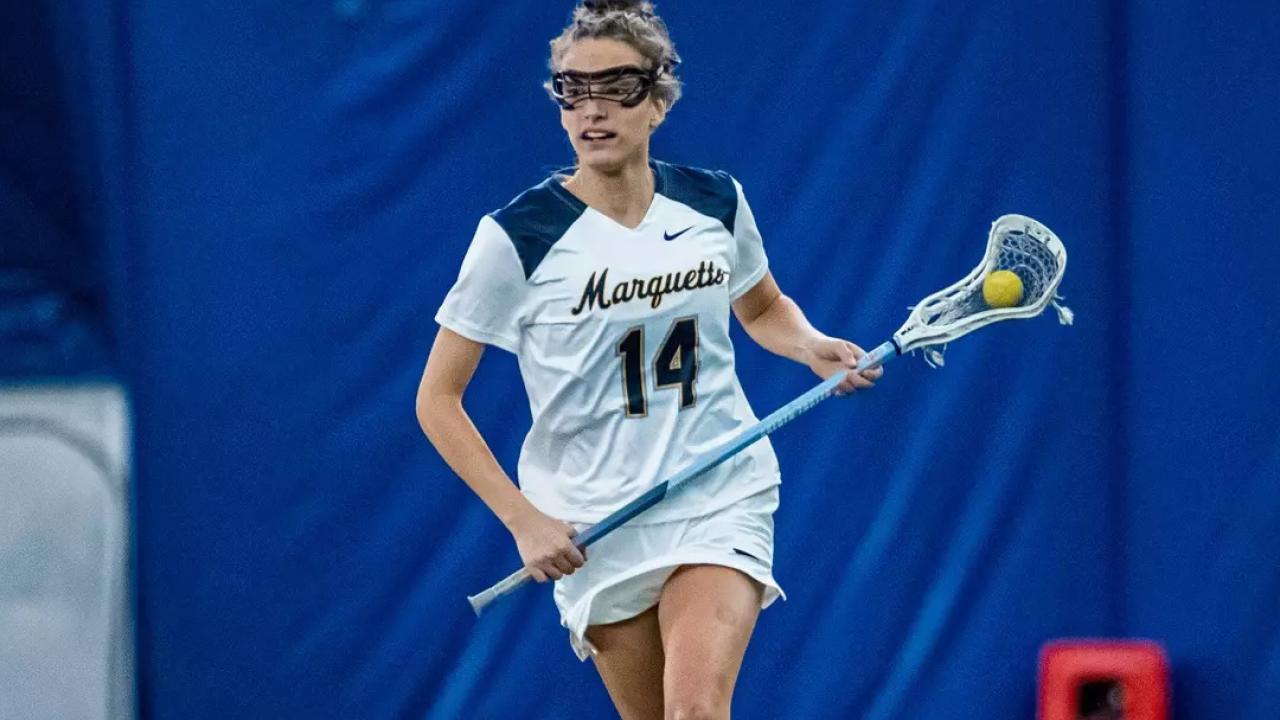Taylor Cummings is a three-time Tewaaraton Award winner, a two-time gold medalist with the U.S. women’s national team, the inaugural Athletes Unlimited Lacrosse champion and the head coach at McDonogh (Md.). “Taylor’s 10” is presented by Gait Lacrosse. Be legendary.
The little things are often what make the biggest differences in the outcomes of women’s lacrosse games.
Winning ground balls. Securing draws. Maintaining a high shooting percentage. Valuing the ball on the clear. Riding hard. Chasing shots to the endline. Forcing and sticking 8-meter opportunities. Limiting opportunities for opposing offenses. Getting sticks in passing lanes. Defending cutters well.
Some of these little things will end up on the stat sheet, while others will not, but their importance — especially when coupled together — is often the catalyst to victory for teams. This week’s focus wasn’t necessarily about outcomes or standout individual performances, but about the small parts of the game that teams are doing very well right now.
If these teams can continue to dominate in these areas as the season progresses, they will be incredibly dangerous come tournament time.
1. Towson’s ride
Towson struggled in its loss against Loyola in multiple areas, but the ride was exceptional at times. The Tigers’ attackers were hunting in packs, shifting their zone back and forth across the field and communicating through bumps and slides at a very fast pace. Their work helped take a ton of time off Loyola’s shot clock consistently and gave their defense a little bit more time to get organized.
2. Marquette’s feeding ability
Marquette was able to put up 14 goals against powerhouse Northwestern thanks to its vision on the offensive end and the willingness to share the ball. In particular, Mary Schumar’s feed-first mentality helped her dissect the Wildcat zone and tally eight assists. If Marquette can continue to share the ball well, it will find success against all different defensive schemes this season.
3. Xavier’s “ground balls win games” mentality
Although Xavier lost the overall ground ball battle 25-21 to Radford, the timing of some of their ground ball victories was crucial. In the second half, the Musketeers were able to secure more loose balls than Radford, as they went on to win their first-ever game as a program. In tightly matched contests such as this one, winning the possession time battle is critical, especially at the end of the game. Defender Sydney Saba was the difference maker in this statistical category, as she collected five of her own ground balls.
4. North Carolina’s circle play
UNC utilizes its speed and athleticism on the draw circle better than most teams in the country. The Tar Heels always have talented centers, but more often than not, it’s their play on the circle that trips opponents up. Emily Nalls and Co. are smart, aggressive, gritty and have a knack for finding the ball in the air and off the turf, which makes them so tough to game plan for. The Tar Heels also value the important concept that the three players on the draw are a team within the team and that communication and trust between the group is vital.

























